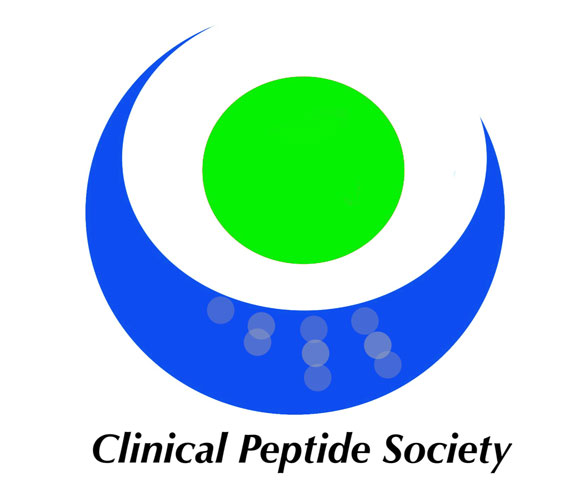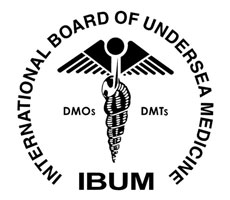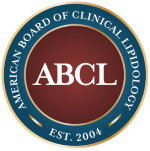5 Botox® Aftercare Tips

Considering undergoing Botox® treatments? Read on to learn more about the importance of proper aftercare. Botox® is a relatively non-invasive procedure, but there are still aftercare precautions that all patients must take to ensure quality results and prevent any complications. Common Botox aftercare tips include relaxation after treatment, facial exercises, and avoiding the use of skin treatment and makeup.
5 Tips for Botox® treatment aftercare
It is important to properly care for the affected area after Botox treatment to ensure safety and quality results, particularly for the first 24 to 48 hours after the injections. The following is an overview of some common aftercare tips for Botox patients.
1. Relax for 24 hours after treatment
Physical activity increases blood flow. This can lead to the toxins in Botox spreading to unintended parts of the face, causing less than desirable results. Consequently, Botox providers typically recommend as much relaxation as possible for the first 24 to 48 hours after the Botox injections. While the patient is welcome to go about their daily routine (e.g., work, school), physical activity is likely off-limits for the first day or two after treatment.
2. Avoid sleeping on the affected area
The Botox treatment needs to settle into the facial muscles after injection. Sleeping on your side or stomach could make doing so more challenging, especially if there is pressure placed against the affected area with a pillow or blanket. Although controlling the way you sleep is not always easy, doing everything possible to sleep on your back for the first few days during recovery is very important for ensuring quality results after Botox injections.
3. Exercise your face gently
Gentle face exercises are encouraged after the initial 24-to-48-hour period during recovery. Gentle face exercises help ensure maximum movement of your facial muscles after Botox injections. The exercises are as simple as practicing frowning, smiling, and making different facial expressions. Outside of minimal exercises for your face, Botox does the rest of the work for you. Therefore, do not overdo the exercises and put too much stress on the muscles.
4. Do not use makeup or cosmetics
Applying skin products too soon may compromise the results of Botox. Therefore, it is important to stay away from makeup, exfoliating scrubs, dermal fillers, etc., for the first few days. Once the Botox takes full effect and the muscles recover, then it is fine to use makeup and other skin products.
5. Limit sun exposure as much as possible
Heat and UV light may increase blood pressure and cause issues with the Botox injections, compromising the overall results. Therefore, try to stay out of the sun for at least the first four to six hours and minimize sun exposure for the first few days after that.
When to consider Botox® treatment
The following are some signs that indicate Botox may be the right cosmetic treatment solution for you:
You want to remove frown lines
Frown lines, also called worry lines, develop between the eyes as a result of constant squeezing of the forehead muscles, such as what occurs when you frown. Frown lines are common and, perhaps, poorly named; they often develop naturally rather than simply as a result of frowning. In either case, Botox is a great way to reduce the visibility of frown lines.
You want to reduce fine lines and wrinkles
Fine lines and wrinkles develop as a result of skin that loosens, which is a part of the natural aging process. Botox helps keep facial skin smooth and tight to help limit the appearance of fine lines and wrinkles.
You want to maintain your youthful appearance
Many patients seek Botox care as a method of preventing issues such as frown lines and wrinkles. It is a great way to maintain a youthful appearance before any concerns develop. This can help minimize the need for Botox treatment long-term, as well. Botox is typically recommended for patients in their late 20s and older.
You want to address static wrinkles
Static wrinkles are wrinkles that are visible when the face is resting (while not smiling, frowning, etc.) Static wrinkles can be harder to address and may require more than Botox treatment to fully treat. However, Botox is usually a great place to start.
The bottom line
If you have any complications after Botox treatment, then alert your Botox provider or a plastic surgeon to find out the best course of action. Contact our clinic today to arrange a Botox consultation and find out whether or not Botox treatment is right for you.
Get more information here: https://omgwellnessmd.com or call Optimal Medical Group at (559) 425-1118
Check out what others are saying about our services on Yelp: Read our Yelp reviews.
Related Posts
How erectile dysfunction affects a woman goes far beyond the bedroom. Its emotional and relational impact can be just as profound as the physical. When a partner develops erectile dysfunction (ED), many women experience a loss of intimacy, decreased sexual satisfaction, and challenges. With time these challenges ripple throughout all aspects of their relationship.ED affects…
Women researching low sex drive in women supplements often want fast, reliable results. While supplements are not offered here, this article outlines how the O-Shot compares to over-the-counter options. Low sex drive in women is a real and complex problem, often leaving women and those who care for them searching for answers. If you're wondering…
The most effective treatment for low libido in females addresses underlying medical, psychological, and relationship factors through. For women experiencing low sexual desire, often called hypoactive sexual desire disorder (HSDD), best solutions may involve medication, sex therapy, hormonal adjustments, and lifestyle changes.Tackling concerns like hormonal imbalance, medication side effects, and stress has been shown to…
Erectile dysfunction treatment near me in Fresno, CA is available and more effective than ever, providing answers for men seeking to improve sexual health and regain confidence. If you're experiencing ongoing issues with achieving or maintaining an erection firm enough for sex, a wide range of medical treatments are offered by Fresno's leading men's health…
















